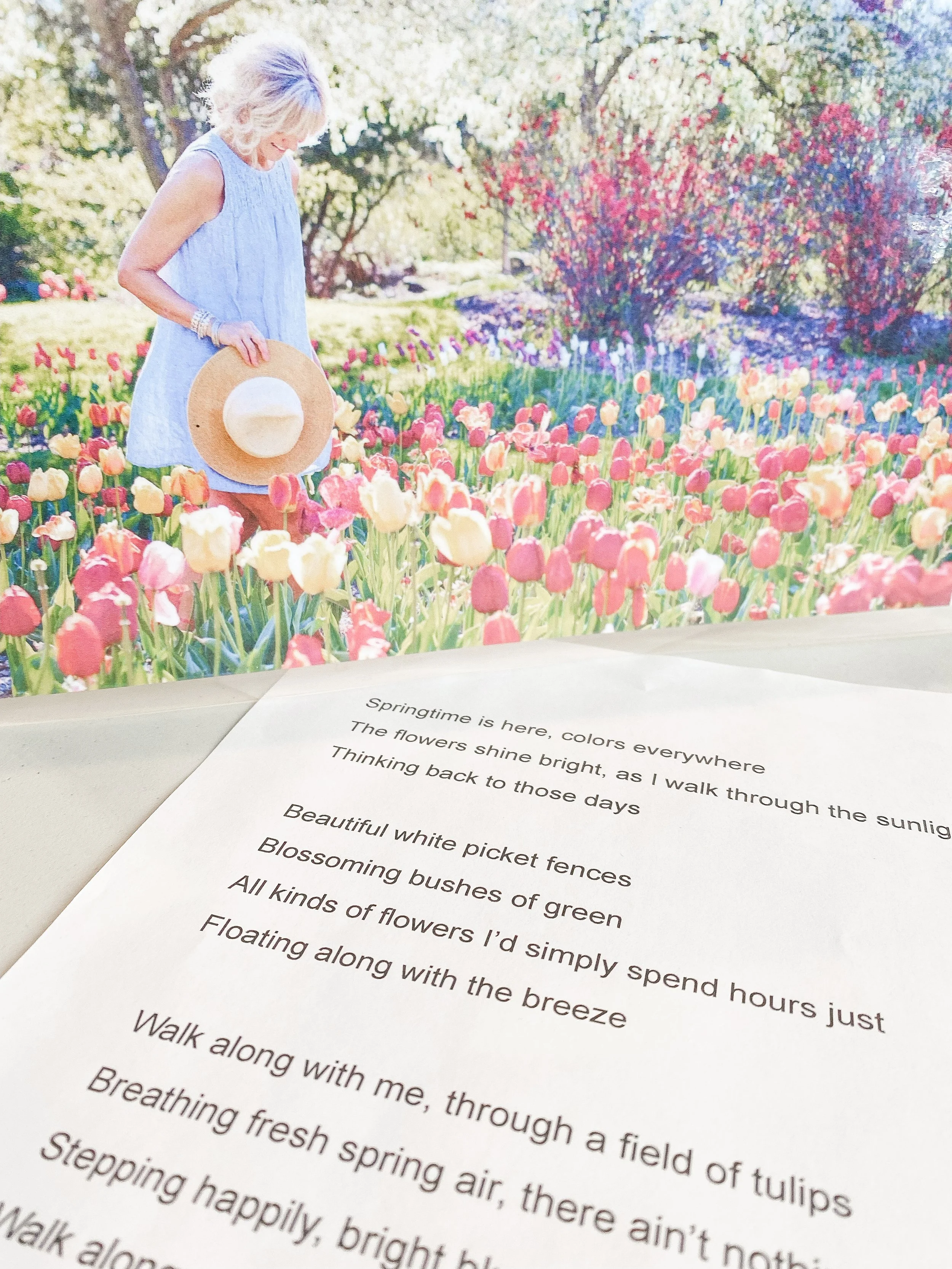Quality of life, defined by the National Library of Medicine, refers to a concept that looks at the well-being of a person’s life in which both positive and negative aspects are measured during one period of time (Teoli and Bhardwaj, 2024). A few notable examples of these areas measured include health, relationships, autonomy in decision-making, independence or freedom, wealth, and physical surroundings. A common population in which quality of life is often measured is among older adults, especially those residing in assisted living or memory care centers. At this stage of life, a person’s independence begins to be taken away, and their health often declines, sometimes at a rapid pace. Health difficulties that commonly appear within this population are in the form of Alzheimer’s disease and dementia, arthritis, hearing loss, depression, and anxiety.
During a Pew Research survey on what areas influence a person’s quality of life as they age, areas such as the ability to feed oneself, ability to talk or communicate, maintenance of short- and long-term memory, being able to dress oneself, live without pain, life enjoyment and feelings of accomplishment were all rated. Results of the survey showed that all age groups rated the ability to talk or communicate as being the most important in maintaining quality of life throughout aging (van Leeuwen, et al., 2019).
Music therapy is a great avenue for enhancing an individual’s quality of life by providing them with opportunities for their voices to be heard through expressive communication. One intervention that can be used to accomplish this is songwriting. Songwriting can be an exciting yet intimidating concept to observers, preventing them from ever getting the chance to experience its unique and creative properties. A music therapist is able to break down these barriers and make them accessible and achievable by simplifying the process. For example, for a group of individuals within an assisted living facility, a music therapist might use visuals such as scenic photographs or physical objects to spark both lyrical and musical inspiration. The presented picture or objects may be passed around the group, prompting each resident to share what they think of when they see them. Common contributions will be from reminiscent memories or aspects of the picture or object that stands out to them as significant or beautiful. The music therapist can then take those words or phrases and create a personalized song based on the group's responses. This is a collaborative process in which control is placed in the hands of the residents. It can go further by giving different musical options to choose from, such as rhythm, tempo, and chord progressions.
For others that might require more support, such as a memory care group, allowing room for expressive communication can be in the form of lyric substitution in familiar songs. Some examples might be singing well-known classics such as “She’ll Be Coming Round the Mountain” or “Here Comes the Sun,” followed by the music therapist prompting the group with a question. Using a familiar tune can provide a sense of comfort, while the play on words allows for preferences and opinions to be acknowledged and heard. A question prompt might be “What is your favorite part of this season?” by rewriting to the familiar tune:
“She’ll be Coming Round the Mountain”
“There will be lots of beautiful flowers in the spring”
“We’ll all have fun at picnics in the spring”
“Here Comes the Sun”
“Here comes the rain”
“Here come the flowers”
Overall, whether it’s creating a completely unique song from scratch or rewriting existing ones, songwriting is a positive way to improve the quality of life for older adults. It has the potential to meet an individual’s preferences and promote creativity, all while giving them back some form of control throughout a decline in independence.
-Beatriz Leal, Music Therapy Intern
References
Author, N. (2013, November 21). Chapter 6: Aging and Quality of Life. Pew Research Center. https://www.pewresearch.org/religion/2013/11/21/chapter-6-aging-and-quality-of-life/
Clark, I. N., Stretton-Smith, P. A., Baker, F. A., Lee, Y.-E. C., & Tamplin, J. (2020). “It’s Feasible to Write a Song”: A Feasibility Study Examining Group Therapeutic Songwriting for People Living With Dementia and Their Family Caregivers. Frontiers in Psychology, 11. https://doi.org/10.3389/fpsyg.2020.01951
Teoli, D., & Bhardwaj, A. (2024). Quality Of Life. In StatPearls. StatPearls Publishing. http://www.ncbi.nlm.nih.gov/books/NBK536962/
van Leeuwen, K. M., van Loon, M. S., van Nes, F. A., Bosmans, J. E., de Vet, H. C. W., Ket, J. C. F., Widdershoven, G. A. M., & Ostelo, R. W. J. G. (2019). What does quality of life mean to older adults? A thematic synthesis. PLoS ONE, 14(3), e0213263. https://doi.org/10.1371/journal.pone.0213263

